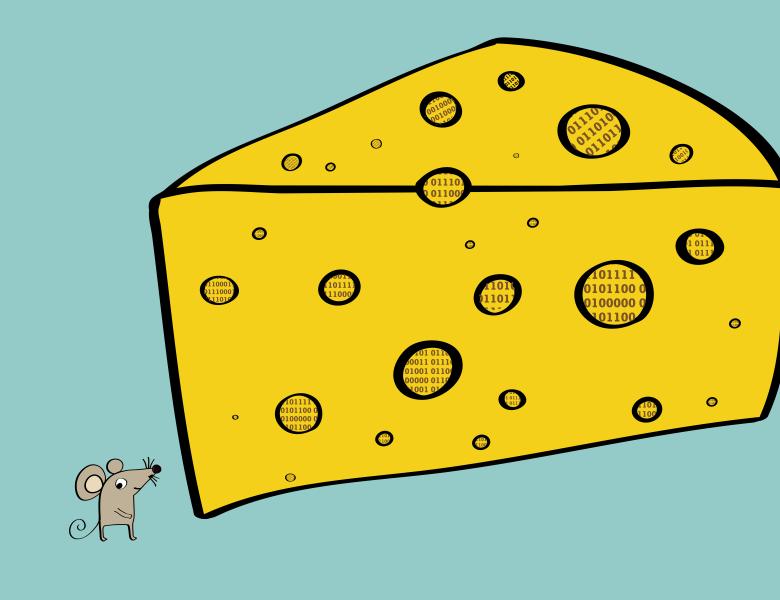
Abstract
We study algorithms for estimating the size of maximum matching. This problem has been subject to extensive research. For $n$-vertex graphs, Bhattacharya, Kiss, and Saranurak [FOCS 23] (BKS) showed that an estimate that is within $\epsilon n$ of the optimal solution can be achieved in $n^{2-\Omega_\epsilon(1)}$ time, where $n$ is the number of vertices. While this is subquadratic in $n$ for any fixed $\epsilon > 0$, it gets closer and closer to the trivial $\Theta(n^2)$ time algorithm that reads the entire input as $\epsilon$ is made smaller and smaller. Existing lower bounds, on the other hand, leave out the possibility of an algorithm running in time as small as $n^{6/5} \poly(1/\epsilon)$ that provides an estimate within $\epsilon n$ of the optimal solution.
In this work, we close this gap and show that the algorithm of BKS is close to optimal. In particular, we prove that for any fixed $\delta > 0$, there is another fixed $\epsilon = \epsilon(\delta) > 0$ such that estimating the size of maximum matching within an additive error of $\epsilon n$ requires $\Omega(n^{2-\delta})$ time in the adjacency list model.


